While self-driving cars appear to be as inevitable as augmented reality headsets, the auto industry and its technology partners likely have years of testing to complete and regulatory loopholes to jump through before self-driving cars hit most highways.
Until then, the same computer and AI that will eventually be the driver in autonomous vehicles can be our backseat driver by way of AR.
On Sunday, Nvidia CEO Jensen Huang took to the CES stage to discuss, among other things, its new Drive platforms. According to Huang, the offerings can be used by automakers and ride-sharing services to not only build autonomous vehicles further down the road, but also deploy artificial intelligence co-pilots and augmented reality interfaces in autos within the next few years.
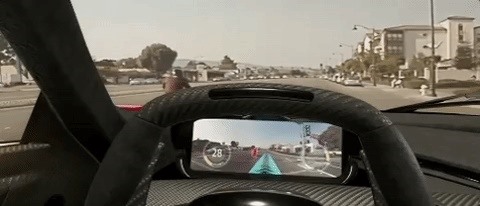
Drive runs supercomputers that Nvidia has shrunken down from a "trunk full of computing gear" to a system-on-a-chip, which acts as the brains behind a self-driving car. The computers run an operating system called DriveWorks that analyzes incoming data from numerous sensors and reacts accordingly while maintaining awareness via Nvidia's cloud-based mapping. With the processor and OS, car companies will be able to write their own AI to run on it.
"We believe what's going to really define your driving experience is the AI that the car companies create for the car," said Huang.
The same computer that powers that self-driving experience will enable the AR interface. For this, Nvidia has developed Drive AR, a software stack that displays points of interest, alerts, driving statistics, and navigation prompts for drivers.
"We know that augmented reality is going to define the future of user interfaces," said Huang. "If you had a car that you ship in five years time, you will simply not understand if it can't have a conversation with you. In five years time, you will simply not understand if it doesn't have augmented reality capability."

Using a virtual reality simulation, Nvidia showed off its vision for an AR interface. Rather than overlaying graphics on the windshield, a dash-mounted display would replace the traditional instrument cluster behind the steering wheel. In autonomous vehicles, the AR interface would still play a role, confirming the actions the AI is taking on-screen to reassure passengers that all is well on the road.
"You should be able to look right out, either a head-mounted display or the infotainment system, and graphics that [highlight] the things that it sees, and the points of interest, are perfectly registered to it," said Huang. "It almost looks like the computer graphics [are] right there in the environment."
Nvidia is offering a software development kit for Drive AR so that automakers can build AR interfaces. The company already counts Audi, Mercedes-Benz, Tesla, Toyota, and Volvo among its automotive partners, and the company also announced new partnerships with Volkswagen, Uber, Baidu supplier ZF and autonomous driving startup Aurora.
So in the near future, chances are, if your new car has AR, it'll probably have Nvidia in it.
Just updated your iPhone? You'll find new emoji, enhanced security, podcast transcripts, Apple Cash virtual numbers, and other useful features. There are even new additions hidden within Safari. Find out what's new and changed on your iPhone with the iOS 17.4 update.
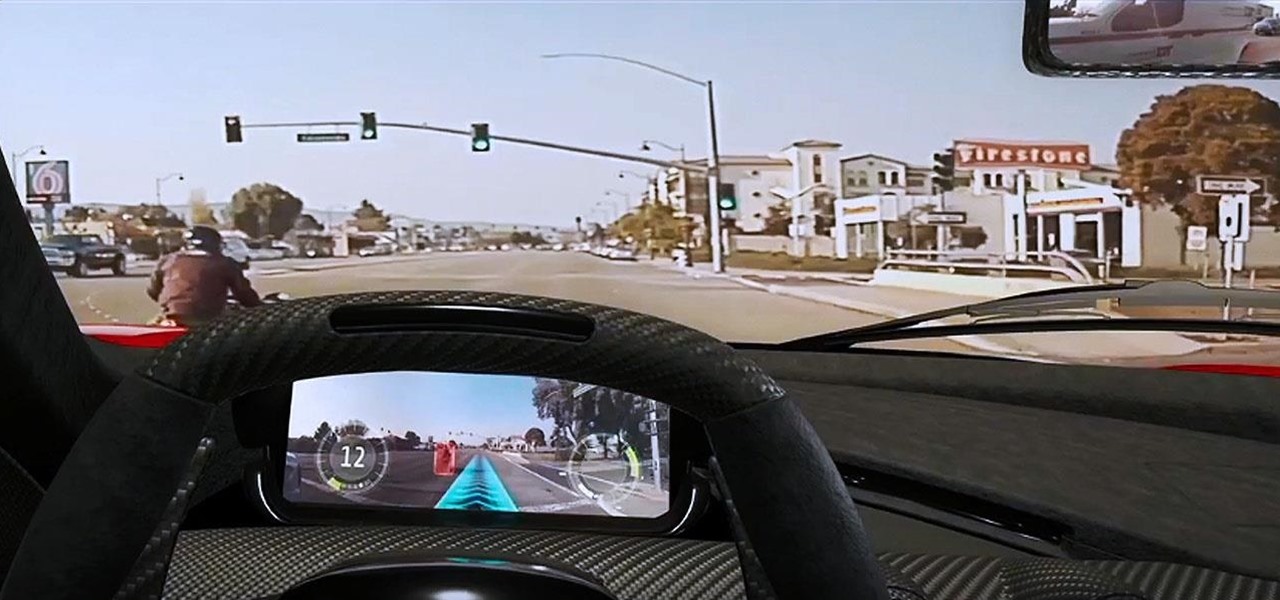








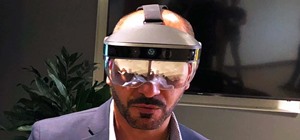





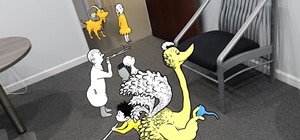



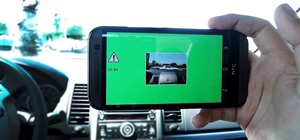

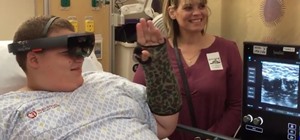
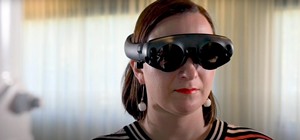


Be the First to Comment
Share Your Thoughts